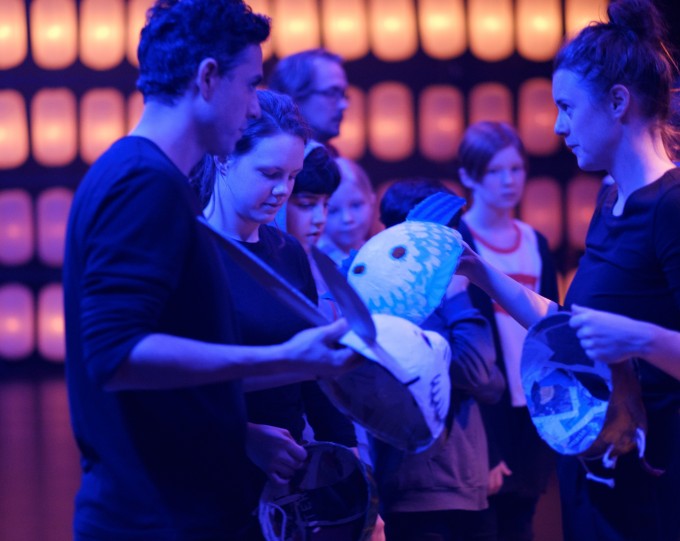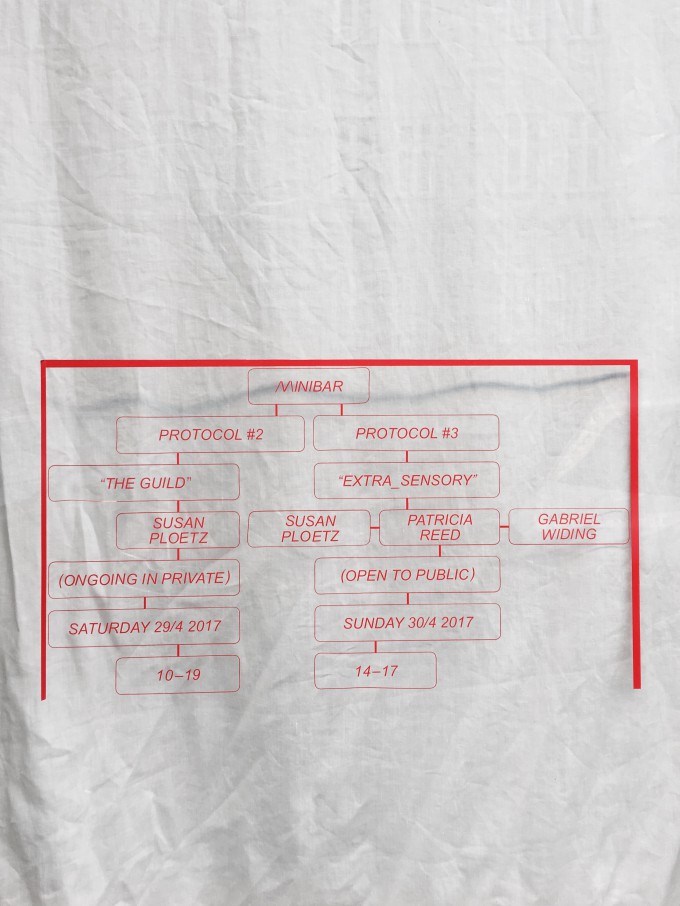Month: May 2017
-

Goddess of Night (Nattens gudinna) documenation
This winter I did a participatory theatre piece with Nyxxx at Uppsala Stadsteater. I did conceptual work and wrote the script with Tova Gerge and support from the rest of the team. Furthermore I had responsibility for directing the wonderful actors Mira Andersson, Ellen Norlund and Francisci Sobrado. This was a first for me. It’s…
